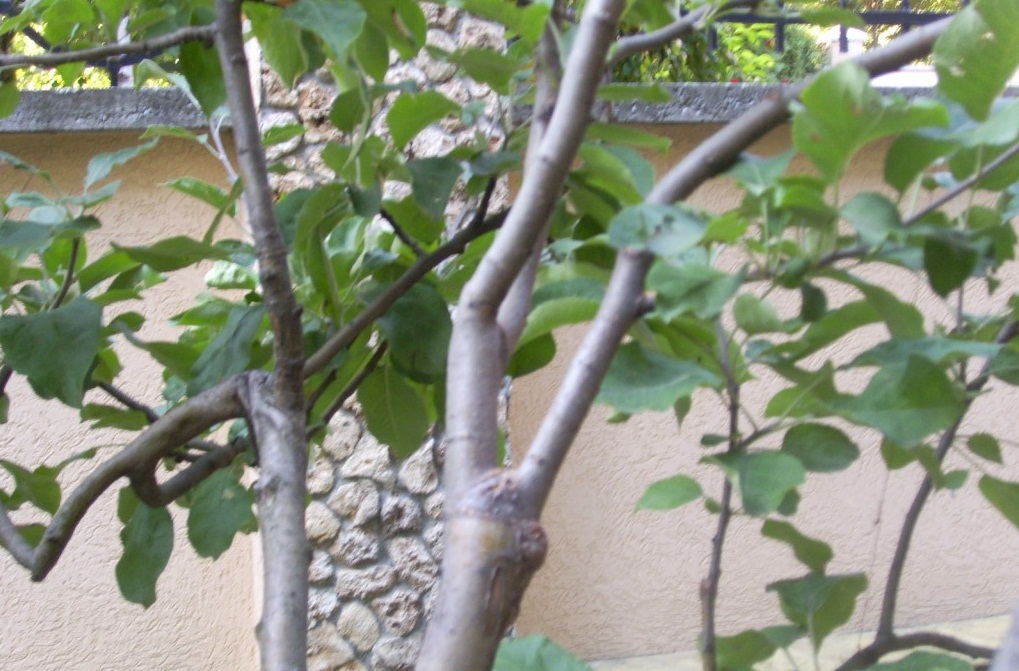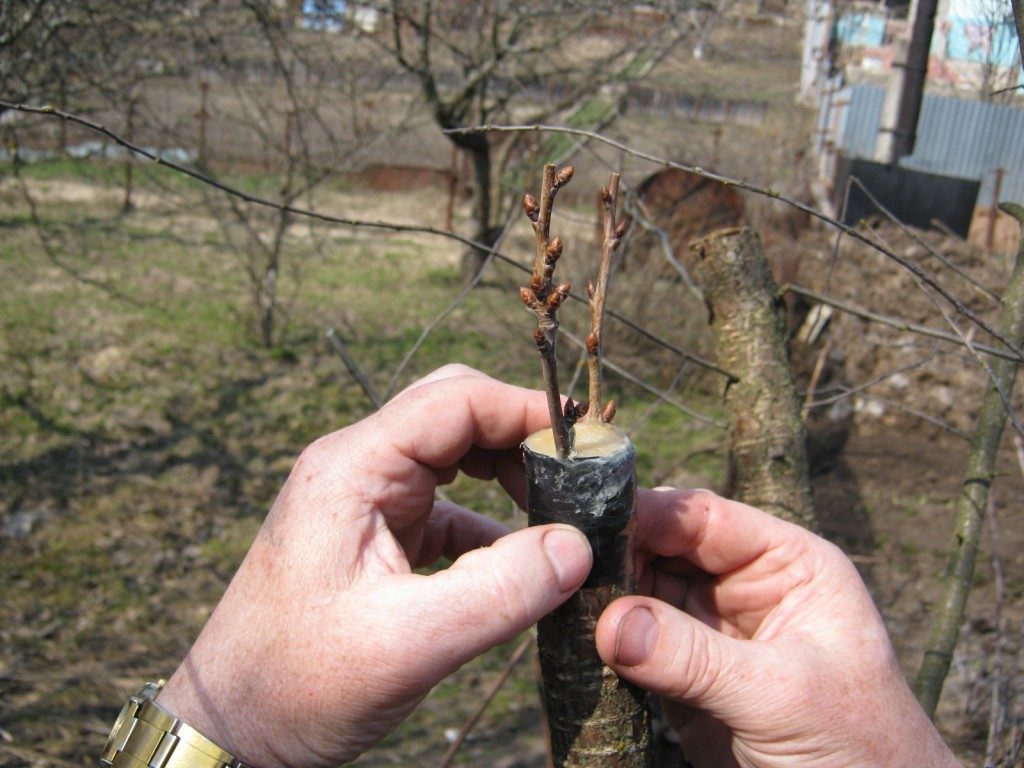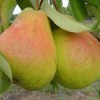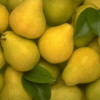What fruit trees are quince grafted on
Content
Features of vaccination
Grafting is a common method of propagating fruit crops to preserve the qualities of mother plants. When growing pears, several different varieties are often grafted onto the same tree; as a rule, a wild pear serves as a stock. Pears are grafted on hawthorn, quince, mountain ash, each scion has its own advantages and disadvantages. Pears grafted on quince grow actively only before the beginning of fruiting, then they sharply slow down their growth, and the fruits begin to bear in the third - fourth year. If a wild pear serves as a stock, then fruiting does not begin until the sixth year, and active growth continues for several years after its beginning.
Dwarf trees with quince as a rootstock do not give root suckers, and there are no tops on the trunk below the graft. The fruits increase by a third, their taste also improves. But they need certain conditions for good growth and a bountiful harvest. So, the soil should be heavy enough to retain moisture and contain a lot of nutrients, humus-rich loams are best suited. On light sandy soils, such trees will not give a good harvest, and they will not live long.
The root system of quince is located close to the surface, it needs a lot of moisture, periods of drought will adversely affect the fruits.
If there is not enough water at the beginning of summer, then the growth of shoots will slow down, leaves and ovaries may fall off, a lack of moisture in the second half of summer will affect the size and keeping quality of the fruits.
You need to know that such a rootstock makes the pear less winter-hardy; at temperatures below -20 degrees, it is better to cover the trees. For the winter, it is imperative to mulch the near-trunk circle (up to one and a half meters around the trunk) with peat, sawdust, compost, straw to a height of at least 10 cm, then make sure that a thick layer of snow settles on top.
The shallow root system does not provide great stability, therefore, for the first few years, the tree should be tied to a deeply driven peg so that the strong wind does not damage it.
Video "Pear Orchard"
From the video you will learn how it looks and how to care for such a garden.
The main methods of vaccination
The grafting is done most often in the spring before the start of sap flow, some experienced gardeners do it in the summer, but the survival rate is best after the spring grafting. The most common method is budding with a cuttings, it can be simple and improved, they resort to it if the thickness of the scion and the rootstock is the same. If the scion is much thinner than the rootstock, then a split is used.
For simple budding, an oblique cut is made on the branches of the rootstock and scion from the side opposite to the bud. It should be very even and the same on both branches so that they can be perfectly aligned. Moreover, the bark and the cambium, along which the juices move, and hence the nutrition of the branches, must coincide. You need to work only with a very sharp and disinfected instrument.The scion branch should contain two well-developed, fully formed buds besides the one opposite to which the cut is made. The twigs are combined and wrapped very tightly with electrical tape, there is, by the way, a special grafting tape for winding, which does not stick to the tree, but simply wraps and ties tightly, its main advantage is slow destruction under the influence of sunlight.
Those buds that are opposite the slices are wrapped with tape, and the next two buds of the grafted cutting should grow. The cut above these buds must be covered with garden pitch. If there are shoots on the rootstock below the grafting point, they must be cut off. It is advisable to treat all wounds with garden varnish.
Improved budding differs in that in the middle of the rootstock and scion cuts, they also make a ledge, a kind of "tongue", which allows both branches to connect more tightly. The junction is also very tightly wrapped with tape.
It is grafted into the cleft when the stock is thick enough, it is cut off with a stump, the bark is cut with a sharp knife, and then the cleavage itself is made with a hatchet. Cuttings cut with a wedge are inserted into it. The cuttings are set so that the edges of the bark on the rootstock and the scion coincide as much as possible. Then the split, the entire stump and the upper cuts of the cuttings are treated with garden pitch, tightly fixed with grafting tape (rolled polyethylene or insulating tape).
Tips & Tricks
The quince for the stock can be prepared by rooting the cuttings. To do this, in the spring, a one-year or two-year-old shoot with a thickness of about 1 cm is separated, planted in the ground, watered all season, first shade a little, then open it to obtain maximum sunlight. By autumn, an independent young plant will turn out, and in the spring (if it develops normally) it will already be possible to graft a pear to it.
Pear cuttings for scion are harvested in February, but you can cook them in the fall, wrap them in a plastic bag and hide them under the snow for the whole winter. So they will be perfectly preserved until early spring, when it is already possible to be vaccinated.
If several varieties are grafted onto one stock, then it is better to choose those that have the same fruit ripening period. But experienced gardeners often graft varieties with different ripening periods on the same tree: early summer varieties are grafted onto the lower tier, later varieties are grafted onto the middle tier, and winter pears are grafted to the very top. This is a rather risky event, vaccinations are stretched over two years. Such an experiment can be carried out in the south, using a strong stock and having sufficient time to ripen the latest varieties.
When vaccinating, you need to remember that the main condition is the compatibility of all selected pear varieties with quince. If the varieties are incompatible, then the stock will simply not be accepted or accepted, but will break off at the first physical exertion. Such varieties are perfectly combined with quince: "Bere Gardi", "BereArdanpon", "Ilyinka", "Kure", "Aromatic". And "Favorite Klappa", "BereBosk", "Williams" show their incompatibility with weak growth, leaf fall, breaks at the grafting point.
Quince "Anzherskaya" and "Provencal" are used as a stock. There are whole lists of pear varieties that are compatible with each type of rootstock. You can graft with an insert handle, where a variety is used for insertion, which certainly coincides with the stock, and the main variety will be the one you want to grow, although it does not coincide with the stock. To do this, take a stalk-insert, cut off the buds, and graft a stalk with a pair of buds onto it, as is usually done during budding. As with any budding, matching cuts are made on two cuttings, only on the insert-cut such cuts will be on both sides, the lower cut is combined with the same cut on the rootstock, and the upper cut with the cut of the main cutting. Then they use a tape, which is very tightly wrapped around the joints, a garden var for treating all wounds.
For grafting, you need to use very sharp tools in order to less injure the tree and make more accurate cuts. There is not only a tape for more convenient strapping of cuttings, there is also a special pruner that can make absolutely identical cuts on two branches, which is very convenient and fast. The tools must be clean, it is advisable to disinfect them before work.
For the fastest healing of wounds and cracks in the garden var, it is advised to add 1 tablet of heteroauxin to each kilogram of the var.
Video "Pear budding"
From the video you will learn how this process goes.



